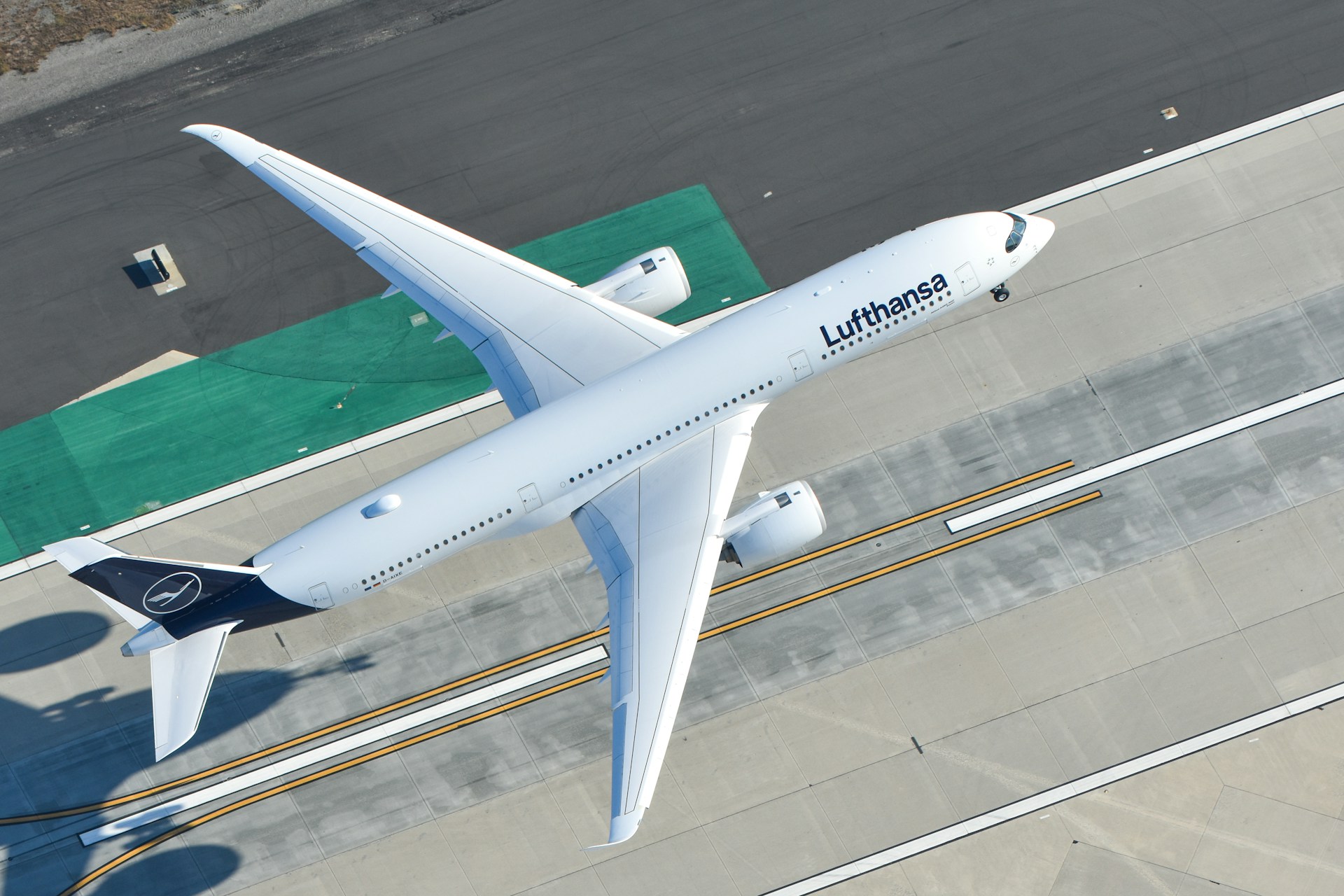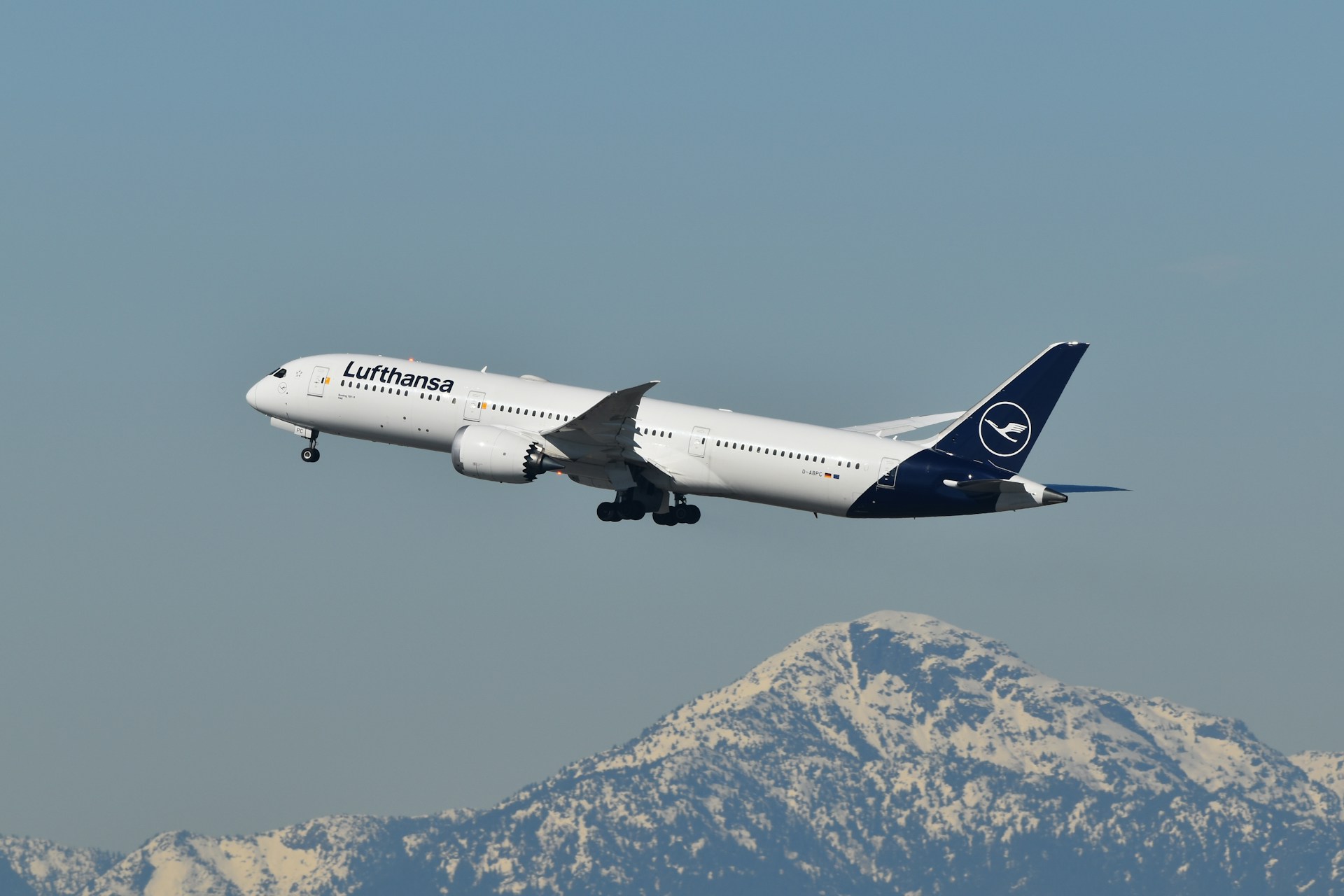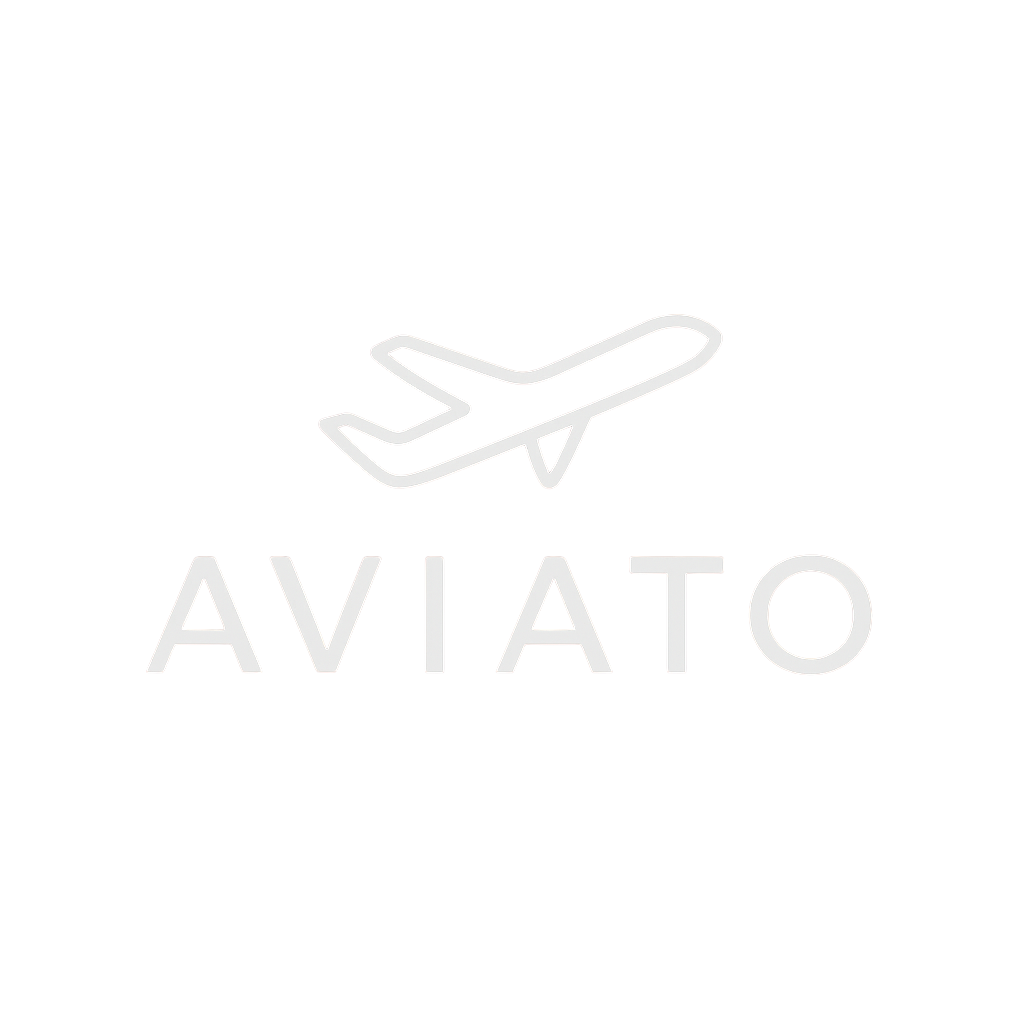Lufthansa Eyes Secondary US Cities for Strategic Expansion
Key Takeaways
- Lufthansa is considering expansion into secondary US markets beyond traditional hubs like New York and Los Angeles.
- Routes to smaller metropolitan areas could yield higher profit margins due to lower competition and operating costs.
- The strategy reflects growing passenger demand for direct international flights from non-gateway cities.
- This move positions Lufthansa to tap underserved business and leisure travel markets while avoiding slot constraints at major airports.
- Success depends on careful route planning, as secondary markets typically have more seasonal and variable demand.
Lufthansa’s Strategic Pivot Beyond Traditional Hubs
Lufthansa is exploring a calculated shift in its transatlantic growth strategy by targeting secondary US cities for expansion. Historically focused on high-traffic gateways like New York, Los Angeles, and Chicago, the German flag carrier now sees untapped opportunities in smaller metropolitan areas where passenger demand for direct flights to Europe is rising.
This approach reflects changing travel behavior. In the post-pandemic era, many passengers increasingly prefer point-to-point flights over hub connections, even from smaller cities. Lufthansa’s exploration of these markets underscores its agility in adapting to evolving customer preferences and its intent to capture new profit pools in the crowded transatlantic sector.
Why Secondary Markets Make Sense
For Lufthansa, the economics of secondary city routes are appealing:
- Lower Airport Costs: Fees and ground handling charges at secondary airports are typically far lower than at major hubs.
- Reduced Congestion: Less crowded airspace and terminals improve operational reliability and reduce delays.
- Higher Margins: With limited direct competition, airlines can often maintain stronger yields on underserved city pairs.
These factors allow Lufthansa to potentially achieve higher profitability per route compared to adding incremental capacity on already saturated major city routes.
Potential US Markets and Route Logic
While Lufthansa has not confirmed which secondary cities are under consideration, industry observers point to mid-sized US metros with strong economic and cultural ties to Germany. Cities with:
- German business connections (automotive, engineering, and technology hubs).
- Significant German-American populations, supporting visiting friends-and-relatives traffic.
- Growing economic sectors like biotech, advanced manufacturing, or tech startups.
Examples might include places like Charlotte, Raleigh-Durham, St. Louis, or Minneapolis—markets large enough to sustain international service but not yet saturated with European carriers.
Competitive Advantages and Market Implications
Lufthansa’s entry into secondary cities could help it capture demand currently funneled through competitors’ hubs. By bypassing congested airports like JFK or LAX, Lufthansa avoids slot scarcity and pricing battles, instead focusing on first-mover advantage in underserved markets.
This strategy mirrors moves by emerging carriers like Norse Atlantic, which have experimented with non-traditional transatlantic city pairs. If Lufthansa proves successful, its model could influence other European legacy carriers to look beyond major gateways.
Looking Ahead: Opportunities and Risks
Lufthansa’s pivot toward secondary US markets could significantly strengthen its North American network, but it carries challenges:
- Demand Fluctuations: Lower passenger volumes may require adjusting schedules to seasonal peaks.
- Marketing Reach: Secondary cities often need stronger local engagement to stimulate demand.
- Aircraft Utilization: Routes must align with long-haul fleet economics to remain viable year-round.
Still, industry analysts note that a well-planned entry into these markets could secure Lufthansa an edge in a transatlantic market increasingly shaped by passenger preference for direct connections.
FAQs
What are secondary US cities in airline expansion terms?
They are mid-sized markets outside the main gateways like New York, Los Angeles, and Chicago. Examples include cities with regional economic strength but limited direct international connectivity.
Why is Lufthansa targeting these markets?
Secondary cities offer lower operating costs, fewer slot restrictions, and opportunities to capture underserved demand—often with higher profit margins.
Which US cities might Lufthansa consider?
Although unconfirmed, likely candidates include cities with strong German business or cultural ties and enough demand to support year-round service.
What benefits do travelers gain from secondary city routes?
They avoid time-consuming connections through major hubs, saving several hours of travel and enhancing convenience.
What risks come with secondary city expansion?
Challenges include ensuring sustainable demand, managing seasonal traffic shifts, and aligning new routes with aircraft availability.
✈️ Bottom Line: Lufthansa’s exploration of secondary US city routes marks a strategic evolution in its transatlantic strategy. If executed well, it could deliver higher profitability, capture new market segments, and strengthen the airline’s position in the competitive Europe–US corridor.
.zip%20-%201.PNG)



